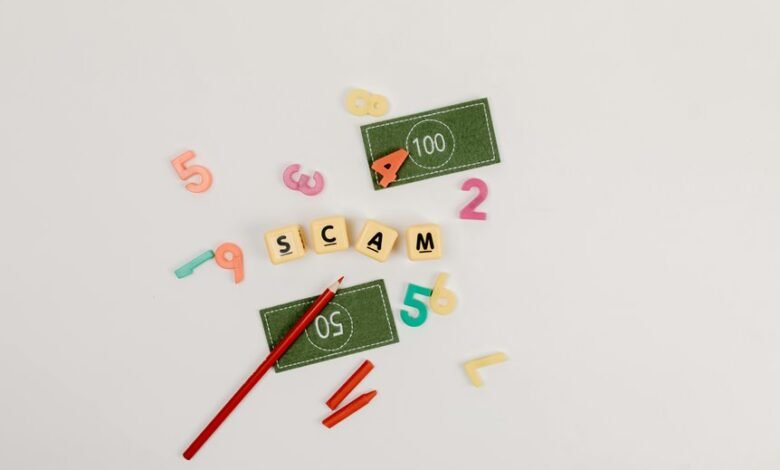Check Scam or Real Call From 8552755668, 4322213915, 3139983298, 5135063260, 6313182797, 7869051125

The growing prevalence of scam calls raises concerns about the legitimacy of numbers such as 8552755668, 4322213915, 3139983298, 5135063260, 6313182797, and 7869051125. Identifying whether these calls are genuine or fraudulent requires careful examination of their origins and patterns. By recognizing common red flags, individuals can better safeguard their personal information. The implications of these calls extend beyond mere annoyance; understanding them is crucial for effective prevention. What steps can be taken to discern the truth?
Understanding the Numbers: Origins and Associations
Understanding the numbers associated with phone calls can provide critical insights into distinguishing between legitimate communications and potential scams.
Number formatting often indicates the caller location, revealing whether a call originates from a local, national, or international source.
Recognizing these patterns allows individuals to assess the validity of incoming calls, empowering them to make informed decisions and maintain their personal autonomy in communication.
Identifying Red Flags: Signs of a Scam Call
How can one effectively identify a scam call amidst the myriad of legitimate communications?
Key red flags include unsolicited requests for personal information, high-pressure tactics, and unfamiliar caller IDs.
Additionally, calls demanding immediate payment or threatening legal action heighten scam awareness.
Protecting Yourself: Tips to Avoid Fraudulent Calls
Recognizing the signs of a scam call is only the first step; implementing strategies to safeguard against such fraudulent communications is equally important.
Individuals should utilize call blocking features on their devices to prevent unwanted contacts. Additionally, reporting scams to relevant authorities can help raise awareness and protect others.
These proactive measures contribute to a collective effort in combating fraudulent activities effectively.
Conclusion
In conclusion, verifying calls from numbers like 8552755668, 4322213915, and others is crucial in preventing scams. An interesting statistic reveals that approximately 30% of all phone calls in the U.S. in 2023 were classified as spam, highlighting the prevalence of fraudulent communications. By staying informed about red flags and employing caution, individuals can significantly reduce their risk of falling victim to scams. Awareness and vigilance remain key components in safeguarding personal information from potential fraudsters.





